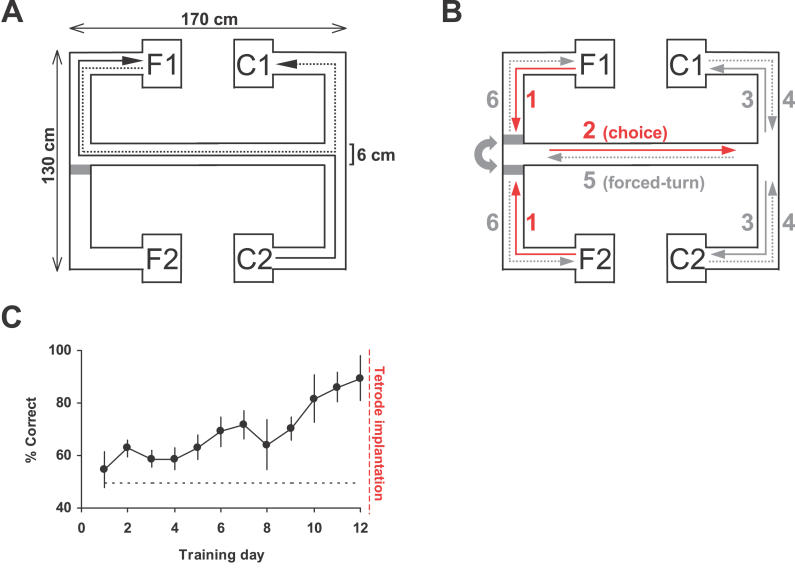Figure 1. Experimental Design and Performance during the Spatial Working-Memory Task.
(A) Schematic of the maze and a pair of runs comprising a single trial (forced-turn direction C2 to F1, solid arrow; choice direction F1 to C1, dotted arrow). Grey rectangle marks the moveable barrier.
(B) The task was broken down into distinct behavioral stages for analysis: 1, running away from the “cue” reward point towards the central arm; 2, crossing the central arm in the choice direction (only activity on the central three-quarters section of the arm was considered for analysis to avoid divergent routes near the turning points and inconsistent running behavior); 3, post-choice running to reward point (rats were rewarded for choosing C1 if the trial started at F1 and for choosing C2 if the trial started at F2); 4, returning to the central arm (where a second barrier blocked the route to the opposite reward point); 5, crossing the central arm in the “forced-turn” direction; and 6, returning to one of the two reward points (F1 or F2 chosen at random for each trial). Stages 1 and 2, marked by the red arrows, were presumed to involve working memory and/or decision-making.
(C) The six rats were trained to asymptotic working-memory performance for at least 12 d before tetrode implantation.

